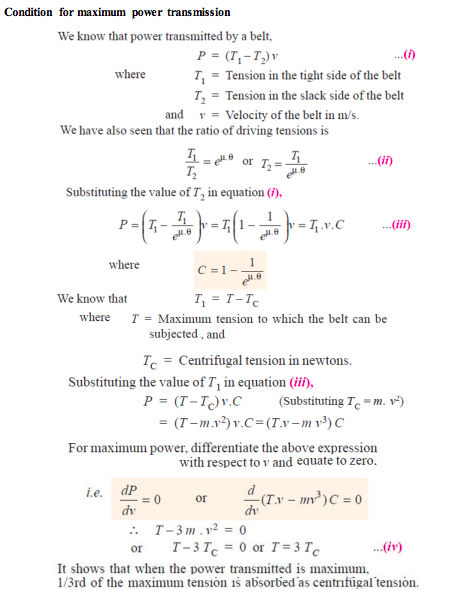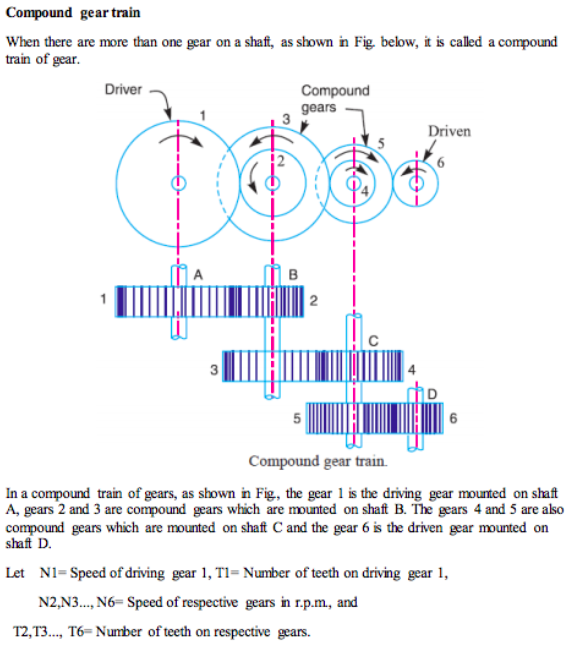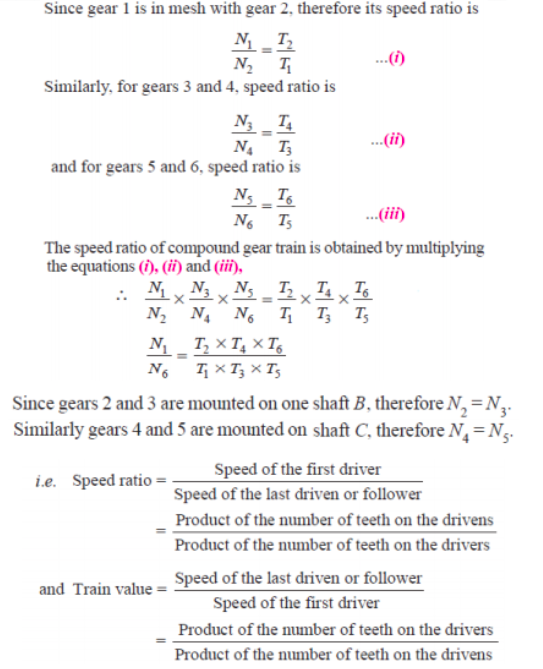Draw the neat sketch of single plate clutch and explain its working.

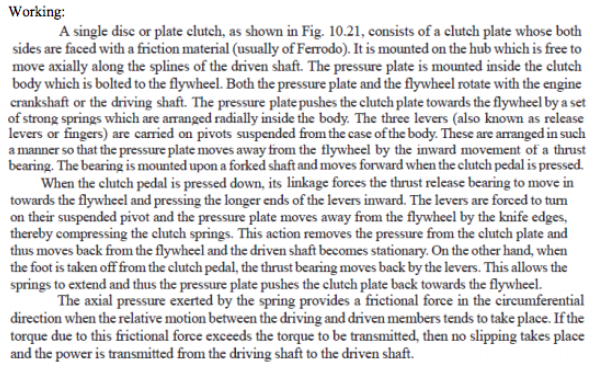


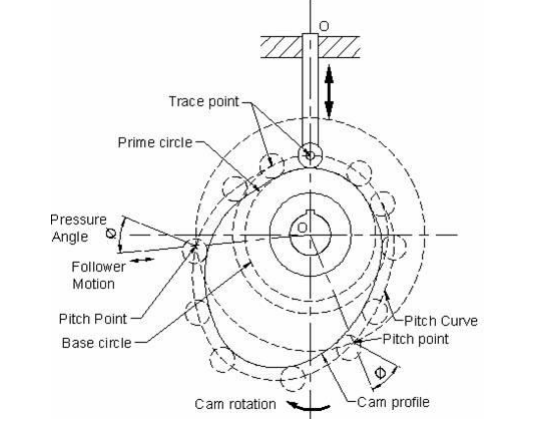
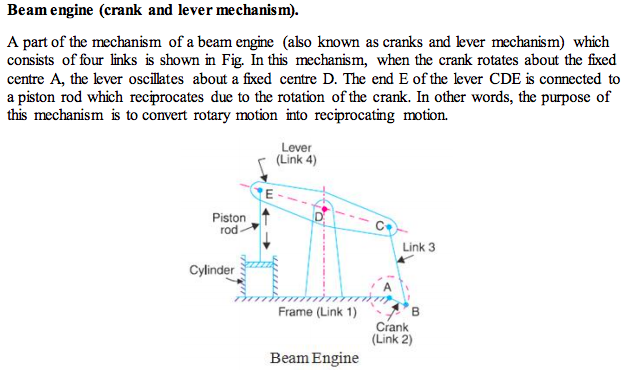
Types of followers :
The followers may be classified as discussed below:
1. According to the surface in contact.
(a)Knife edge follower. When the contacting end of the follower has a sharp knife edge, it is called a knife edge follower.
(b) Roller follower. When the contacting end of the follower is a roller, it is called a roller follower.
Ans.: Given data; N1 = 80 rpm. N2 =150 rpm. D1= 600 mm. S = 4 % To find; D2 =?;
(i) Case I: Taking t = 5 mm. Velocity ratio, (V.R.) N2/N1 = (D1 + t)/ (D2 + t)
150/80 = (600 + 5)/ (D2 + 5)
Therefore, diameter of driven pulley D2 = 317.66 mm ~ 318mm
(ii) Case II: Assuming for belt thickness 5 mm and total slip of 4%. Velocity ratio, (V.R.) N2/N1 = {(D1 + t)/ (D2 + t)} × {1- (S/100)}
150/80 = {(600 + 5) / (D2 + 5)} × {1- (4/100)
Therefore, diameter of driven pulley D2 = 304.76 mm ~ 305 mm




Applications- Automobiles like scooters, motorcycles, textile and paper industries, machine tools
